Get ready to raid your junk drawer—these wild stories prove that one person’s trash can literally be someone else’s treasure (and sometimes, a treasure chest). From a near-scrapâ€metal miss to a dusty forgotten document, we’ve rounded up 13 jaw-dropping tales of everyday items that turned into jackpots. Whether you’re cleaning out a closet or scrolling through eBay, keep your eyes peeled—your next coffee mug might just finance your next vacation. Now, onto the good stuff.
1. Fabergé Egg Fortune
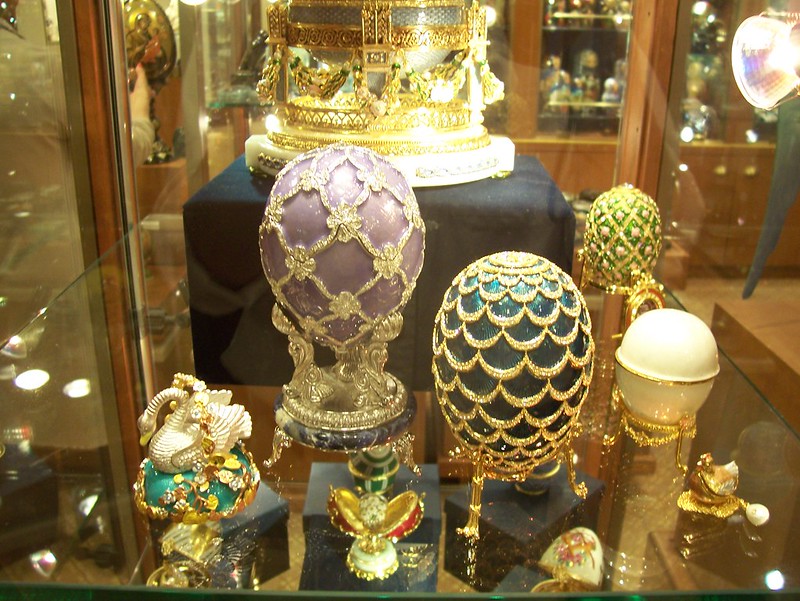
It all started when an anonymous scrap dealer in the U.S. Midwest paid about $14,000 for what he believed to be a simple decorative egg destined for the melting pot. He had assumed the smooth golden shell held nothing more than scrap gold, so he left it perched on his kitchen counter for months without a second thought. A chance late-night Google search, however, sent his jaw dropping when he realized this little trinket was one of the lost Imperial Fabergé Easter eggs. In fact, as Reuters reported, the 1887 Third Imperial Egg had been made for Empress Maria Feodorovna and had not been seen in public since 1902 Reuters. The 8.2-centimeter masterpiece is studded with diamonds and sapphires and contains a hidden Vacheron Constantin watch that still ticks. Word of this find spread like wildfire through the antique world, with collectors and dealers marveling at how a $14,000 scrap buy could equate to a multimillion-dollar treasure. After authentication by London’s Wartski, the egg was quietly acquired by an unnamed private collector, ensuring its centuries-long journey continues.
What makes this tale so jaw-dropping is the contrast between the dealer’s original plan and the final outcome. He’d imagined he was snagging enough gold for a decent payday, not a ticket to history books and high-society gossip. Experts combed through archival inventories, matched markings to Fabergé’s workshop books, and even flew to the United States to examine the piece firsthand. Each verification step only cemented the egg’s status as one of the eight missing imperial eggs created by Peter Carl Fabergé. When it finally hammered under a private sale, its value was estimated at upward of $20 million. It’s the perfect reminder that every drawer, shelf, or box could contain a treasure of unimaginable worth.
2. The “Tenner” Diamond Ring

Imagine swinging by a car boot sale in west London and dropping ten quid on what looks like a chunky costume-jewelry ring. That’s exactly what a thrifty shopper did in the 1980s, tucking it away as a fun accessory for everyday wear. She might have assumed it was a gaudy conversation starter, but decades later, a routine jewelry cleaning sparked curiosity. The local jeweler’s eyes widened when they realized the paper-thin metal setting housed something extraordinary. The Guardian notes that the Gemological Institute of America confirmed it as a genuine 26.27-carat white diamond. Dubbed the “Tenner” diamond for its humble purchase price, the gem’s clarity (VVS2) and icy color grade (I) defied the ring’s unassuming silver mount. Suddenly, what had been a £10 bauble was on the verge of rewriting its owner’s fortune.
When Sotheby’s in London finally opened the bidding, the pre-sale estimate of £350,000 felt almost quaint. A fierce competition erupted, ultimately driving the final hammer price to a staggering £656,750. Overnight, the ring went from flea-market flotsam to headline-making treasure. The media buzz only added to the thrill, with experts marveling at how tarnish and age can mask such brilliance. For the lucky seller, the revelation was life-changing, transforming a one-off find into a multi-hundred-thousand-pound windfall. And for bargain hunters everywhere, it cemented the age-old mantra: never underestimate what’s hiding in plain sight.
3. $2 Billy the Kid Photo—Worth $5 Million?
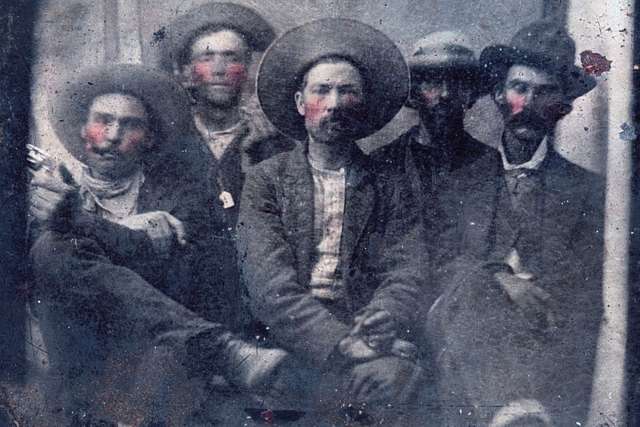
A Fresno antiques-shop owner recently discovered that a two-dollar tin-type photo was more than a dusty relic—it might be the most valuable snapshot of the Wild West. Purchased on a lark, the tiny 4×5-inch image captured what experts now believe is William “Billy the Kid” Bonney at play, croquet mallet in hand. The scene shows him surrounded by members of the Lincoln County Regulators, their families, and a couple of floor-length skirts fluttering in the breeze. ABC News detailed how Kagin’s Inc., a California firm specializing in Western Americana, spent more than a year verifying the image’s background landmarks and people. Don Kagin himself compared the cabin in the background to historical records, nailing down the photo’s 1878 origin with uncanny accuracy. What started as a $2 shop buy became an artifact insured for $5 million. Suddenly, that $2 shop buy felt like a jackpot that Western historians only dream of.
After initial skepticism, Kagin’s team flew experts to New Mexico to match not just the building’s foundation but also local diaries referencing croquet at John Tunstall’s ranch. Each layer of confirmation—from terrain analysis to facial comparisons—added more weight to the claim. When the firm finally announced the photo’s authenticity, museum curators and collectors leaned in, salivating at the prospect of owning history. Though the actual sale remains private, experts forecast auction bids could hit the $5 million mark. For the original buyer, a run-of-the-mill antique-shop find morphed into the “Holy Grail of Western Americana.” Talk about snapping up a piece of the past for less than the price of a latte.
4. Song Dynasty Ding Bowl for a Song…
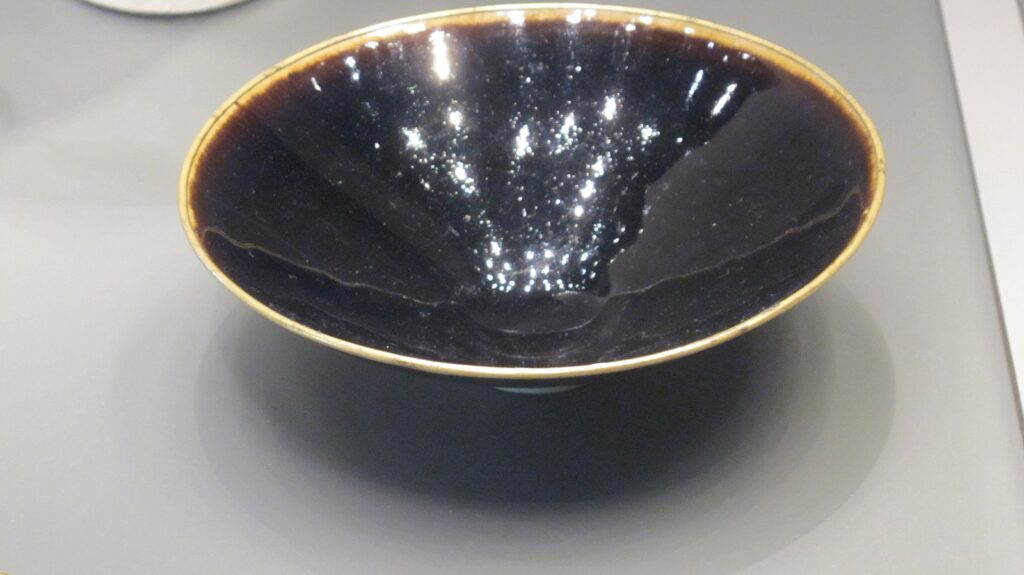
In 2007, a New York family strolled through a garage sale and snagged a plain white porcelain bowl for just three dollars. It landed on their mantelpiece, doubling as an accidental planter stand for six years before anyone suspected its true pedigree. This wasn’t just any bowl—it turned out to be a 1,000-year-old Northern , a pinnacle of Chinese ceramic artistry. The Economic Times reported that once Sotheby’s experts examined the glaze, shape, and kiln marks, they dated the piece to the 10th or 11th century. The bowl’s fine ivory-colored glaze and delicate form screamed imperial collection rather than thrift-store find. Suddenly, what had seemed like a $3 yard-sale trinket looked like a museum-quality gem. Word of the discovery lit up the art community, with collectors and historians alike clamoring for details.
When it finally went under the hammer in Sotheby’s New York ceramics sale, bidding soared well beyond the $300,000 high estimate. The final price? A cool $2.225 million, a staggering return on a pocket-change investment. London dealer Giuseppe Eskenazi clinched the lot after an intense bidding battle, trumping three other major collectors. Experts pointed out that the only comparable bowl resides in the British Museum, making this sale uniquely historic. For that New York family, a simple Saturday morning outing became an empire-worthy art coup. Who knew that front-yard treasure hunts could yield nine-figure artifacts?
5. Declaration of Independence That Declaration?
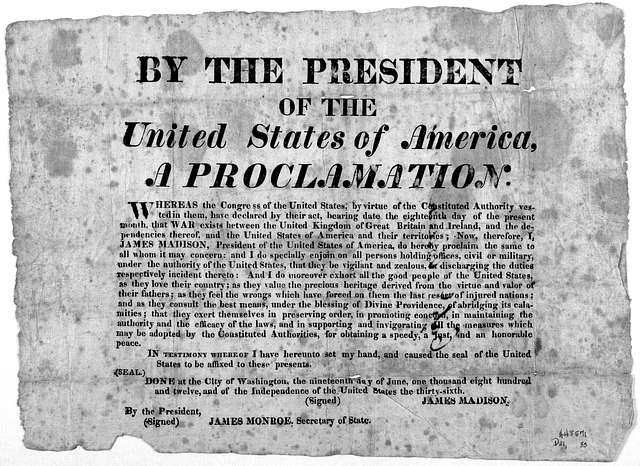
In a thrilling twist for Americana enthusiasts, a rare July 1776 copy of the Declaration of Independence just sold for $2.4 million at Sotheby’s. Printed by Robert Luist Fowle in Exeter, New Hampshire, this broadside is one of only ten known examples, making it a crown jewel among early American prints. The Smithsonian Magazine highlighted how its Goodspeed–Sang–Streeter provenance tracks back through some of the 20th century’s most prominent collectors. Unlike the standard two-column Dunlap editions, the Exeter print uses italic type and quirky misspellings—Hancock appears as “Hacock,” and Thomson as “Thompson.” This idiosyncratic charm only adds to its rarity, as most survivors corrected these typographical quirks for posterity. You could argue it’s less a flawed reprint and more a time capsule capturing the immediacy of 1776 news. For decades it lived in private hands, quietly accruing historical weight beyond its crisp colonial ink.
Sotheby’s presale estimate ranged between $2 million and $4 million, but early bidders drove the final number to the lower tip of that range, plus fees. The buyer, whose identity remains under wraps, snapped it up as a standalone lot in a single-item auction—proof that some artifacts need no context beyond their own gravitas. Christie’s had sold another Exeter Broadside in 2021 for $930,000, but this newest sale more than doubled that record. Historians say that finding these broadsides outside institutional archives is akin to striking colonial gold. For one anonymous seller, a dusty inheritance or estate lot turned into a multi-million-dollar moment. It’s a reminder that even our national origin story can pop up in the most unexpected corners.
6. $8 Gemstone Brooch That Stole the Show

During a routine garage sale browse, a jewelry enthusiast paid a mere eight dollars for a sparkling brooch that looked like costume flair. Its intricate floral motif and prong settings caught the eye, but she assumed it was just a fashion piece to jazz up a cardigan. Years later, curiosity led her to a local auction house for a valuation, where experts immediately recognized the maker’s mark hidden behind the clasp. The name “Cartier” appeared, and the stones were true rubies, emeralds, and diamonds—not the plastic simulants she’d assumed. What had been destined for a rummage box suddenly qualified as a bona fide work of haute joaillerie. The brooch’s Victorian-era design and provenance hinted at a storied past, possibly once adorning aristocracy. From tacky trinket to treasure, this piece proves how deceptive first impressions can be.
When the brooch arrived at auction, the starting bid was a modest $10,000—hardly reflective of its pedigree. Collectors quickly recognized the rarity of an unsigned Cartier work from the 19th century and sent the price soaring. In the end, it fetched $26,000, a staggering markup on that initial eight-dollar gamble. The story spread through jewelry forums and hit glossy magazines, inspiring others to inspect their flea-market finds more closely. It’s a testament to the thrill of discovery and the power of a second look. After all, art and beauty often come with hidden backstories.
7. Rhinoceros-Horn Libation Cup from Melbourne

A thrift-shop regular in Melbourne spotted a plain wooden box labeled “miscellaneous” and dove in for just four Australian dollars. Inside lay a small, elegantly carved cup with swirling motifs—nothing like the plastic shot glasses he usually picked up. While most buyers would have tossed it aside, he was enchanted by the horn’s natural grain and fine craftsmanship. A tip from a fellow collector led him to consult an Asian art specialist, who gasped at the cup’s Qing-dynasty origins. This wasn’t kid’s play—he held a rhinoceros-horn libation cup, once used in imperial Chinese ceremonies. Its rarity and the ethical debates surrounding horn artifacts aside, the piece was undeniably museum quality. For four dollars, he’d unwittingly rescued a slice of Qing court life.
In a Melbourne auction, the cup’s starting estimate was set at $10,000, reflecting both its craftsmanship and ethical complexity. Collectors of Chinese antiquities raised paddles eagerly until the hammer fell at $75,000. The sale sparked discussions about provenance, conservation, and the line between cultural heritage and collectibles. Meanwhile, our thrift-shop sleuth walked away with a windfall that transformed his weekend hobby into a multimodal collectible adventure. It’s proof that sometimes fortune favors the curious. And that one person’s “odd knickknack” can be another’s historical marvel.
8. 15th-Century Lotus Bowl from Connecticut
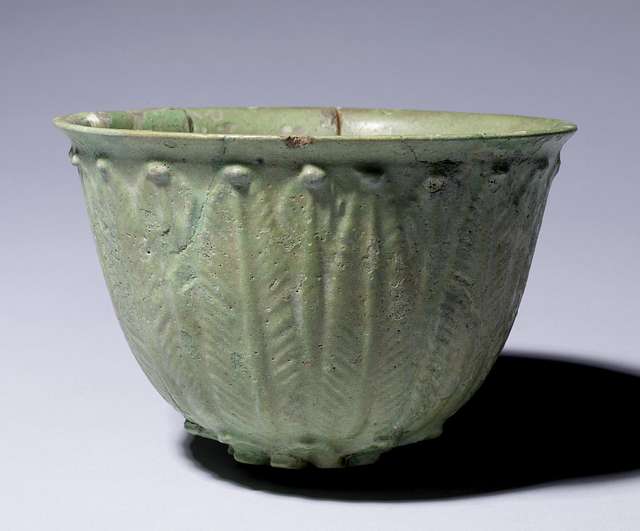
Hiking through a Connecticut yard sale in the spring sunshine, a bargain hunter paid $35 for a delicate porcelain bowl featuring a lotus design. It looked charming on her shelf, its hand-painted petals adding a zen-like vibe to her kitchen. But an offhand remark at her local tea shop prompted her to have it professionally appraised. Experts quickly identified the bowl as Yongle-era Ming dynasty porcelain—making it over 500 years old. With its cobalt-blue underglaze and perfect symmetry, the piece exemplifies the imperial aesthetic of early Ming kilns. The find was so unexpected that scholars and collectors alike began tracing its provenance. There’s something magical about holding a household object that once sat in a 15th-century palace.
When Sotheby’s in New York listed it, the presale estimate hovered around $500,000. Bidding grew heated as Asian art aficionados vied for a chance to own this rare survivor. It ultimately hammered at $721,800, turning a $35 gamble into a princely sum. The new owner—an anonymous private collector—claimed it as the crown jewel of their Ming collection. And the yard-sale buyer? She’s now an accidental curator with a once-in-a-lifetime story. Talk about a lotus rising from drop-the-jaw to jackpot.
9. Domain Name “Pizza.com” Slices Big Profits
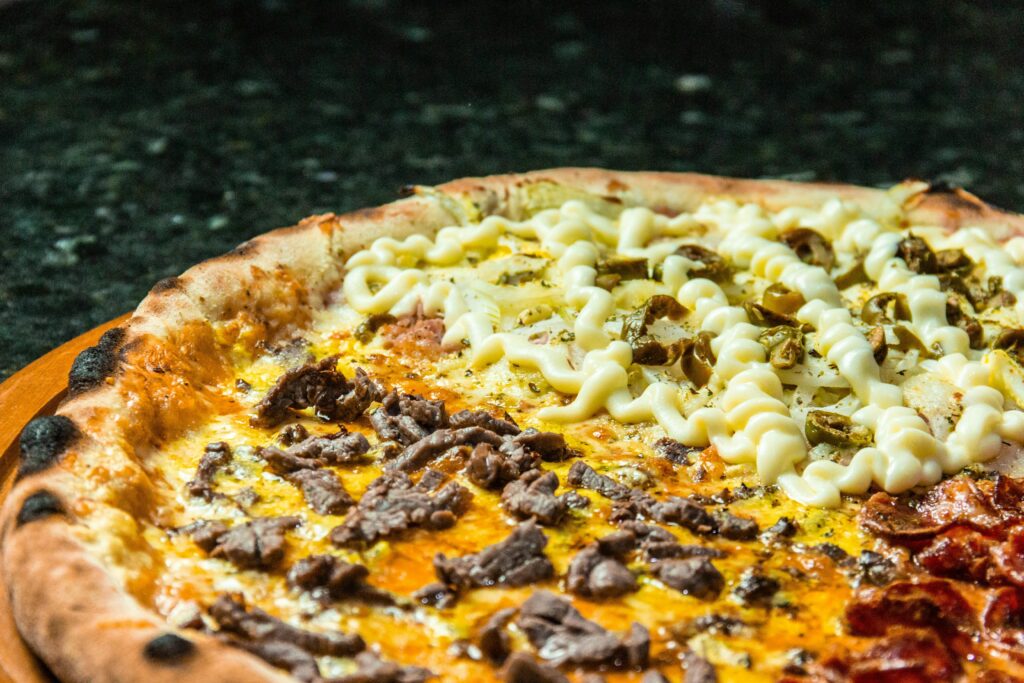
During the dot-com craze, a savvy web entrepreneur shelled out $20,000 for two words that most people took for granted: “pizza” and “.com.” He recognized that the simplest, most descriptive domains would dominate search traffic. While others chased convoluted names, he secured Pizza.com, betting on hunger as an evergreen market. Investors and analysts scoffed at first, but he had a gut feeling about bite-size branding. Over the next decade, the site became a go-to pizza directory, racking up traffic and ad revenue. Even chain giants and independent shops linked to it, feeding its value. It proved that in the web world, real estate and five ingredients can be equally powerful.
When the time came to monetize, he sold Pizza.com for a mouth-watering $2.6 million. His initial $20,000 outlay translated into a 13,000% ROI—enough to buy thousands of pies. The sale underlined how domain names could become digital goldmines. Since then, startups have clued in, snapping up simple, generic domains with quick conviction. But few deals match the original Pizza.com success story. It’s proof that even in cyberspace, a low-risk titbit can deliver a big slice of profit.
10. McDonald’s Szechuan Sauce Packet Packin’ Heat
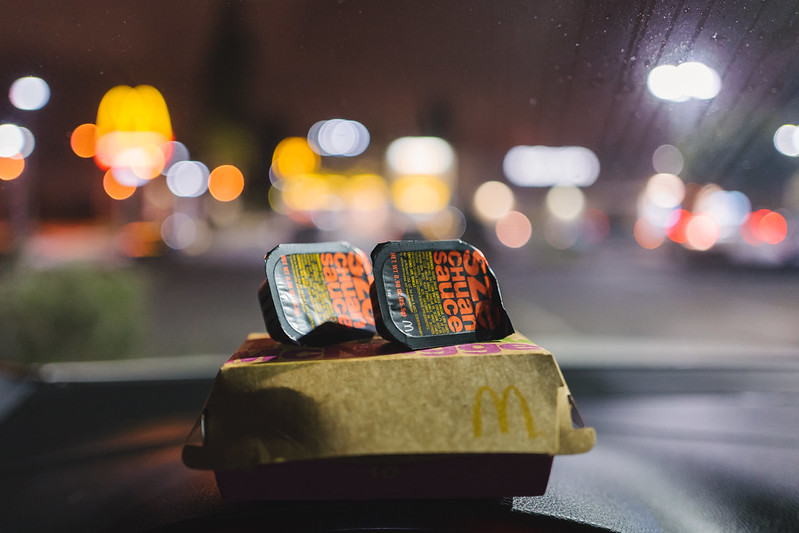
In early 2017, the internet went wild over dipping sauce, a limited-edition promo leftover from 1998. Fans of a certain cartoon character sparked a nostalgia-fueled frenzy requesting its return. But as the sauce resurfaced briefly in select locations, some lucky snackers snagged unused packets. One sauce-seeker spotted a lone packet hiding in a drawer and listed it on eBay for fun. What started at a few bucks ballooned into a bidding war worthy of its spicy reputation. The final bid? A blistering $14,700 for a single 2-ounce packet. It’s the perfect blend of meme culture, scarcity, and condiment devotion.
Collectors justified the price as a pop-culture relic, akin to trading cards or vinyl records. The buyer, bidding anonymously, cemented the packet as the world’s most expensive hot sauce. Analysts noted that the sauce’s comeback capsized typical fast-food value propositions. Meanwhile, hidden drawers everywhere potentially host tomorrow’s viral rare. And it’s a spicy reminder: even condiments can be checkmated by fandom. Who knew a sauce packet could microwave your wallet?
11. First-Gen iPhone: Prototype Payday

Deep in a tech lover’s junk drawer sat a nondescript plastic shell labeled “iPhone PR50.” Most of us toss prototype gear or hide it from prying eyes, but this collector kept it like a secret relic. Years passed before he realized how rare his find actually was—a first-gen Apple prototype never released to the public. It lacked a home button and ran on diagnostic software, making it a tantalizing glimpse of Apple’s secret playbook. When he reached out to a tech historian, excitement rippled through collector circles worldwide. They confirmed its authenticity by matching internal part numbers and beta firmware to Apple’s 2006 test devices. Suddenly, that transparent shell was the Holy Grail of Silicon Valley artifacts.
The prototype debuted at auction with a $100,000 estimate, fueling speculation about its true value. Hardcore Apple aficionados and museum curators put in bids until the final hammer landed at $190,000. What was once e-waste became electronic treasure. For the seller, a drawer full of cables turned into a stage-worthy payday. And for collectors, it showed that hidden prototypes can eclipse final products in value. Proof that innovation, even in skeletal form, can pay dividends.
12. Pokémon Illustrator Card: Play-and-Pay
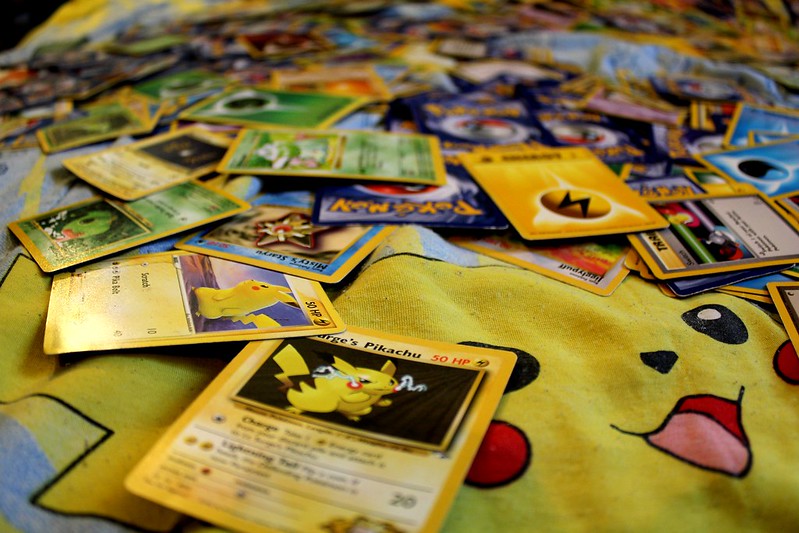
Pokémon fans know that rarity is everything, but few cards rival the legendary Illustrator as the ultimate unicorn. Only a handful were handed out at early 1990s contests, making them virtually mythic in trading circles. One dedicated trainer eventually inherited the card and, after years of casual play, realized its true scarcity. He sent it to a grading service, where it got the highest possible PSA rating. The news exploded: what was once a tournament prize could be auctioned for life-changing money. The card features Pikachu holding art supplies, a playful nod to its contest roots. For nostalgia and prestige, it is the Mount Everest of entire decks.
When the card hit the open market, whispers predicted bids north of $500,000. In the end, fierce competition topped out at $210,000 at a private sale. The buyer, a collector of pop-culture ephemera, instantly became a headline. Meanwhile, Poké-enthusiasts are digging through old binders and shoeboxes in hopes of finding the next treasure. It’s a powerful reminder that childhood hobbies can yield adult fortunes. And that a simple card can be both art and investment.
13. Vintage VHS of “The Real Ghostbusters”
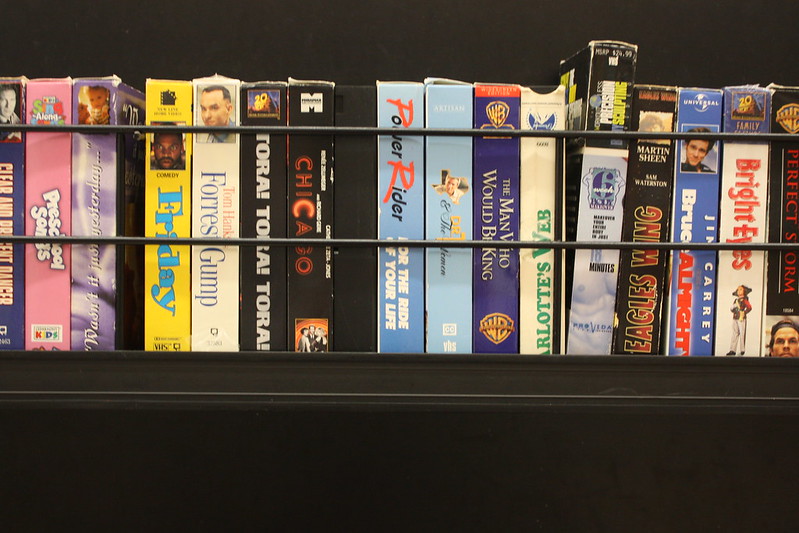
Before streaming ruled the world, videotape was king, and one unopened VHS of “The Real Ghostbusters” from the ’90s recently proved this. With its iconic green slime logo and tie-in sticker, the packaging looked like any collector’s item from Blockbuster’s heyday. But this tape stood sealed in its original plastic wrap, making it a time capsule of 1990s nostalgia. A fan spotted the listing online and recognized the promotional sticker as a rare giveaway. That small sticker feature proved the difference between a dime-store copy and a cult collectible. As bids rolled in, nostalgia won out over pixelated memories. Everyone wanted their childhood ghost-busting fix in mint condition.
The fight for the tape culminated at £750, with the buyer thrilled to own an untouched piece of cartoon history. Sellers on niche forums noted how niche collectorship can inflate even low-budget releases. This tape joined a small list of VHS ephemera coveted by analog enthusiasts. And it underscores how obsession can reanimate seemingly worthless media. Who knew a single episode vault could spook your bank balance? Next time you stumble on a sealed VHS, remember: the Ghostbusters might pay you a visit.
This article is for informational purposes only and should not be construed as financial advice. Consult a financial professional before making investment or other financial decisions. The author and publisher make no warranties of any kind.








